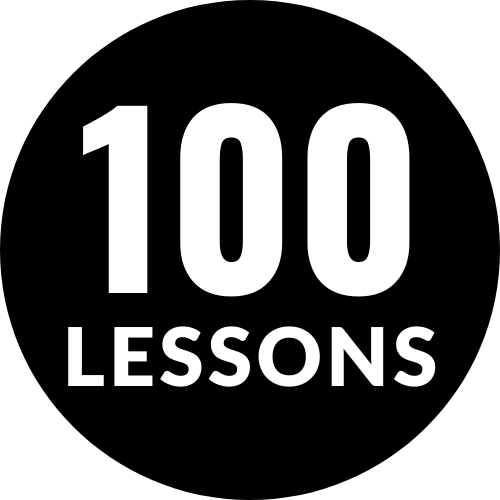The curious case of language flipping: when forward gibberish becomes backward meaning
Question: The words “Sigh name cuff”, when spoke into a recorder and reversed, has an interesting output. What other word series have that effect?
There’s a fascinating phenomenon in language play where phonetically reversing a phrase produces a completely different, often amusing or even uncanny, new phrase. The phrase “Sigh name cuff”, when reversed, can eerily resemble “F** me in the a**”*, depending on pronunciation and cadence — a kind of accidental linguistic mirror. These are often called “phonetic reversals”, “backmasking phrases”, or simply “reverse easter eggs” in audio culture.
These reverse phrases don’t rely on true palindromes but rather on how syllables sound when reversed phonetically. Here are a few more series of words or phrases that, when recorded and played backward, yield unexpectedly recognizable or suggestive outputs:
Examples of Interesting Reverse Phrases
- “Yanny dress tuck”
When reversed and slightly slurred, can resemble: “Cursed destiny.” - “Key won ton hat”
Reverse playback might sound like: “That not no way!” (a garbled, frustrated denial) - “Not chew tray cone”
Can sound backward like: “No, can’t reach out.” - “Mock ice knee”
Reversed sounds a bit like: “He’s in coma” (especially with exaggerated emphasis). - “Air piano cuff”
Reversed phonetically may resemble: “F** no, I appear!”* - “She lie push knock”
Flipped around, it can mimic: “Conscious belief.” - “Pan slow teak a”
Reversed playback might resemble: “I can’t sleep now.”
How to Discover Your Own Reverse Phrases
If you’re interested in finding more, here’s how to experiment:
- Think phonetically, not logically: It’s not about spelling; it’s about how it sounds.
- Speak clearly into a voice recorder, using distinct consonant and vowel sounds.
- Reverse the audio using a basic audio editing app (like Audacity, Voice Spice, or any smartphone reverse audio tool).
- Listen creatively: Often, our brains fill in the gaps. What sounds like nonsense can suddenly click into something meaningful.
- Play with accents and pacing: Sometimes, dragging or slurring syllables slightly enhances the effect.
Why Does This Happen?
This auditory illusion taps into two phenomena:
- Pareidolia of sound: Our brains are pattern-hungry and will “hear” familiar phrases in reversed gibberish.
- Phonetic symmetry: Some phonemes (like “k”, “t”, or long vowels) sound relatively stable in reverse, while others transform dramatically, creating unexpected results.
It’s the same principle behind backmasked messages in music, often leading to conspiracy theories or playful Easter eggs (e.g., the Beatles’ “Paul is dead” myth).

Leave a Reply